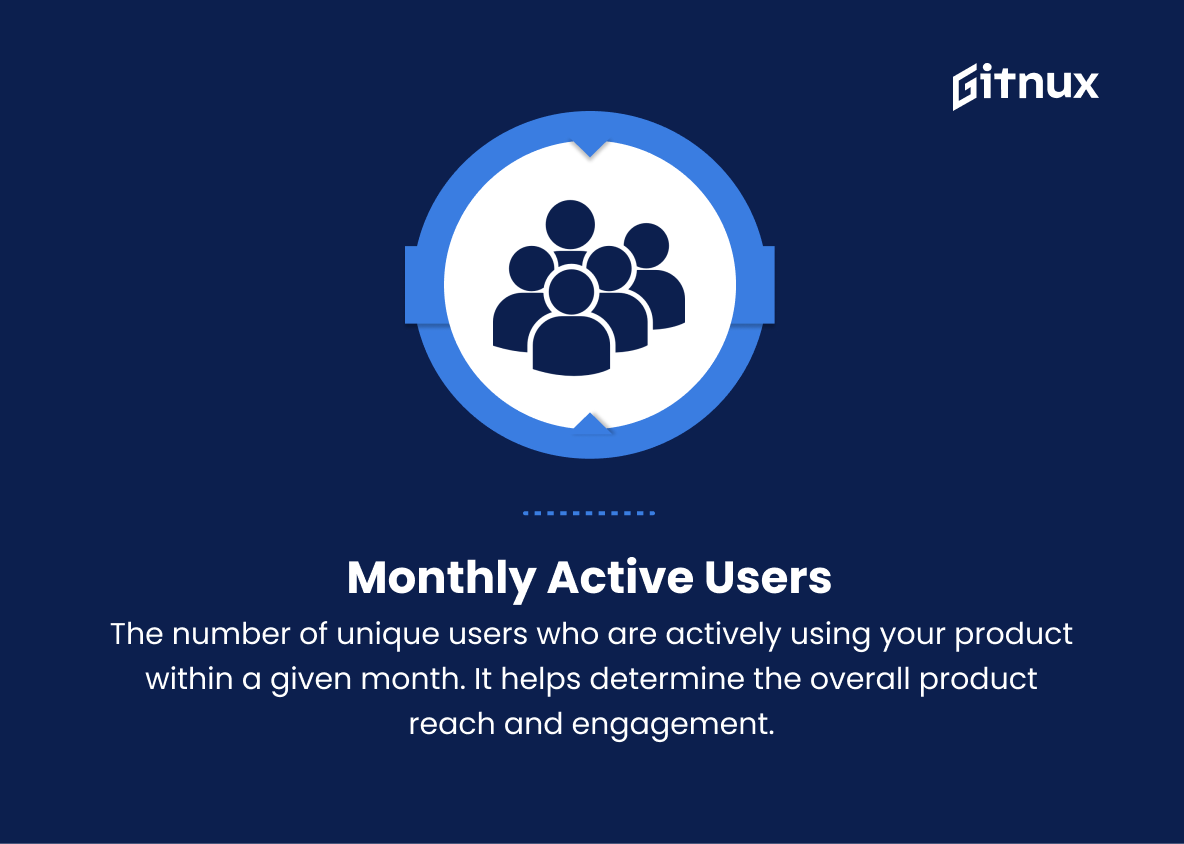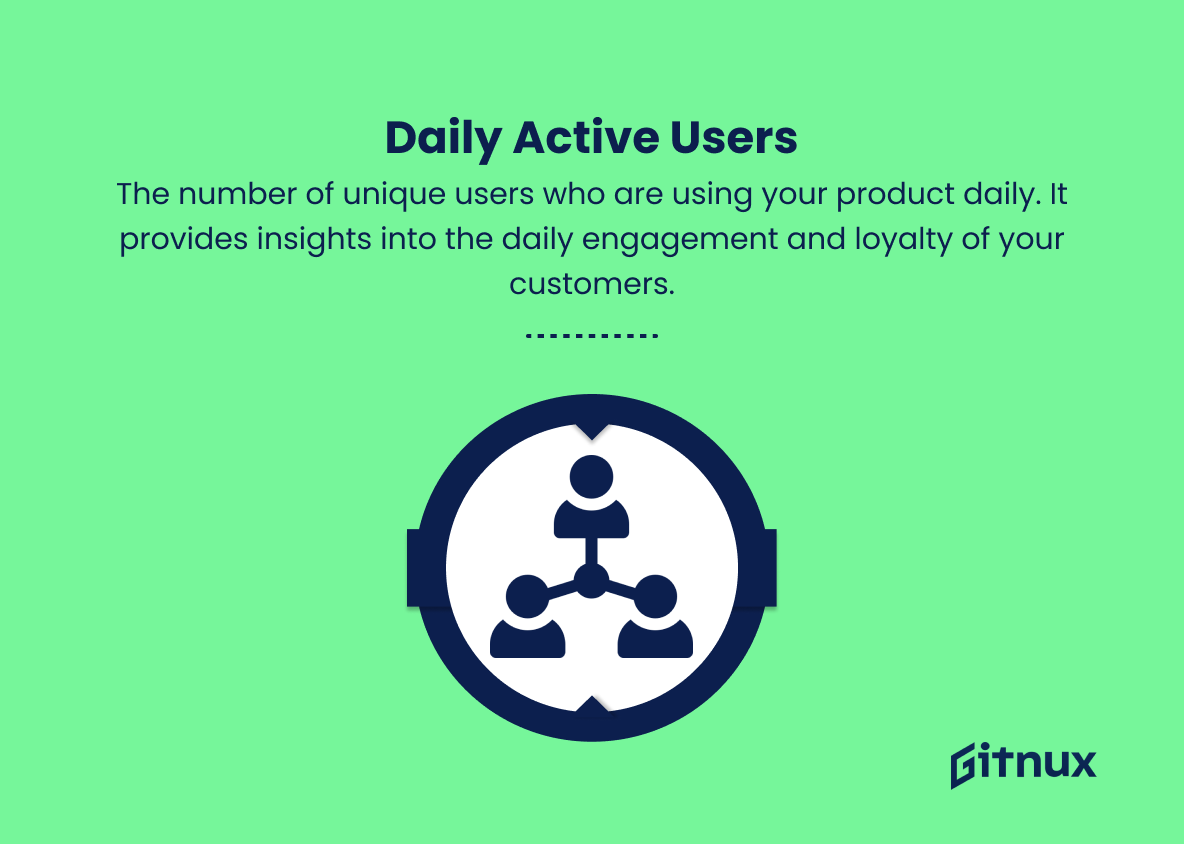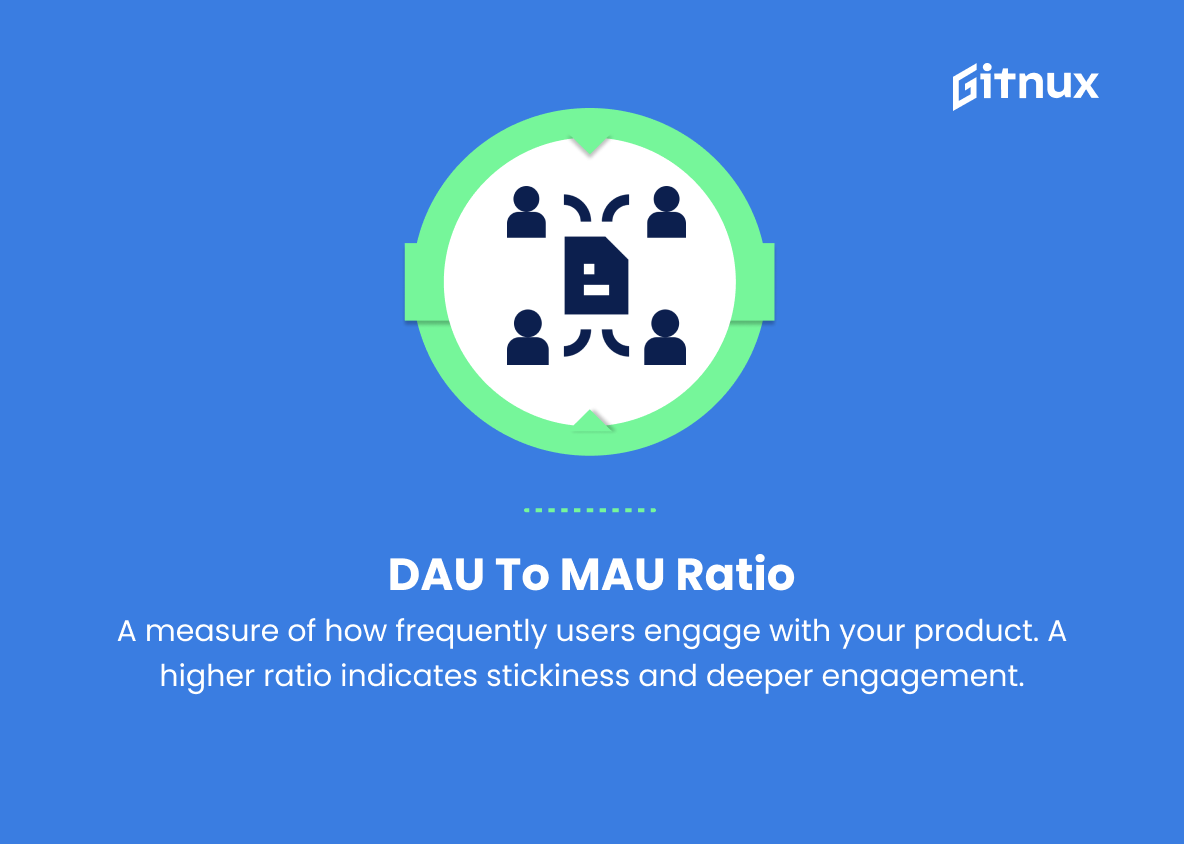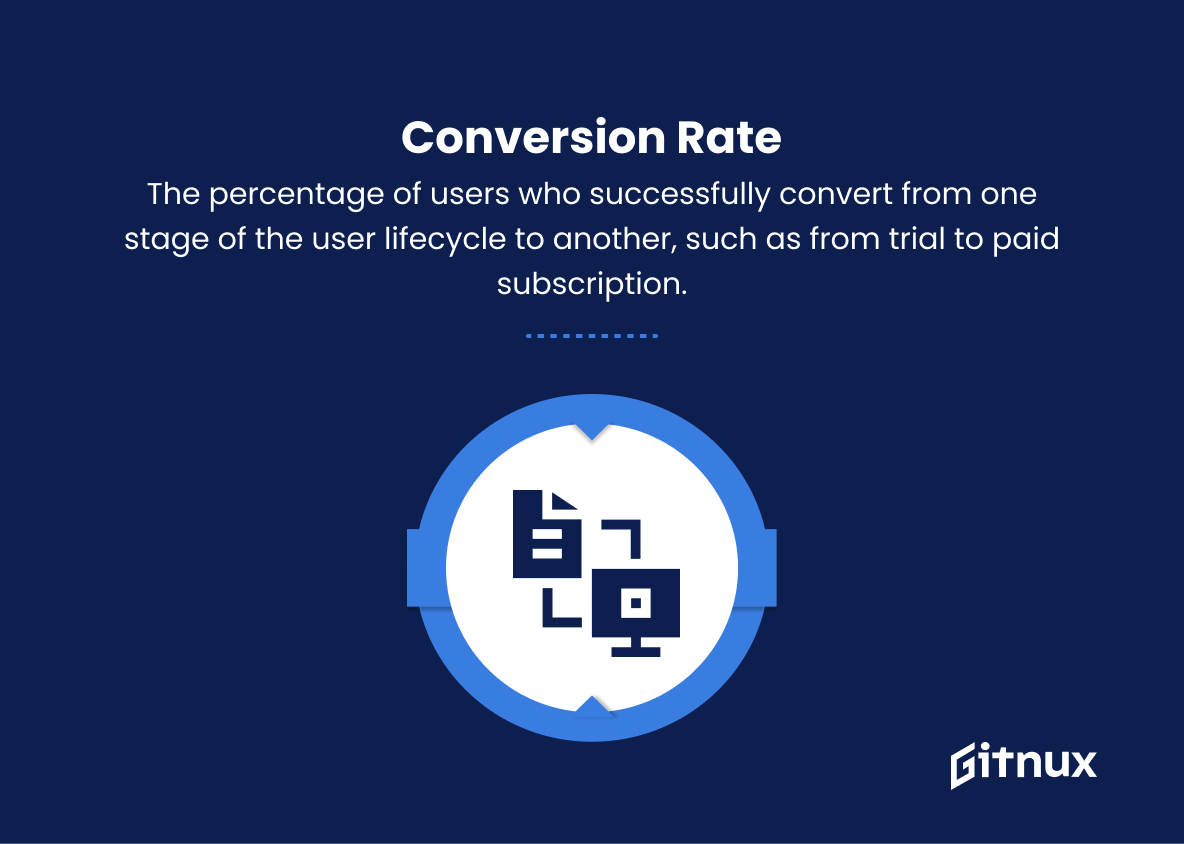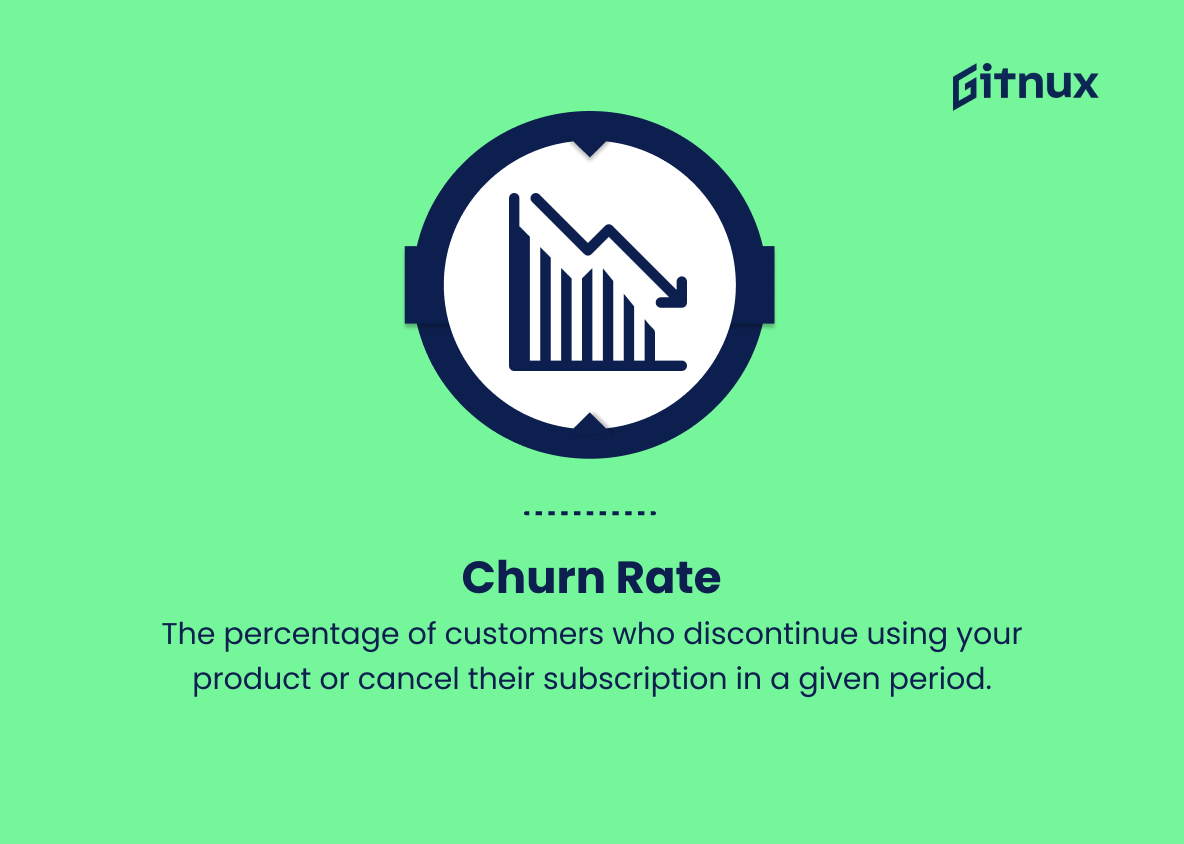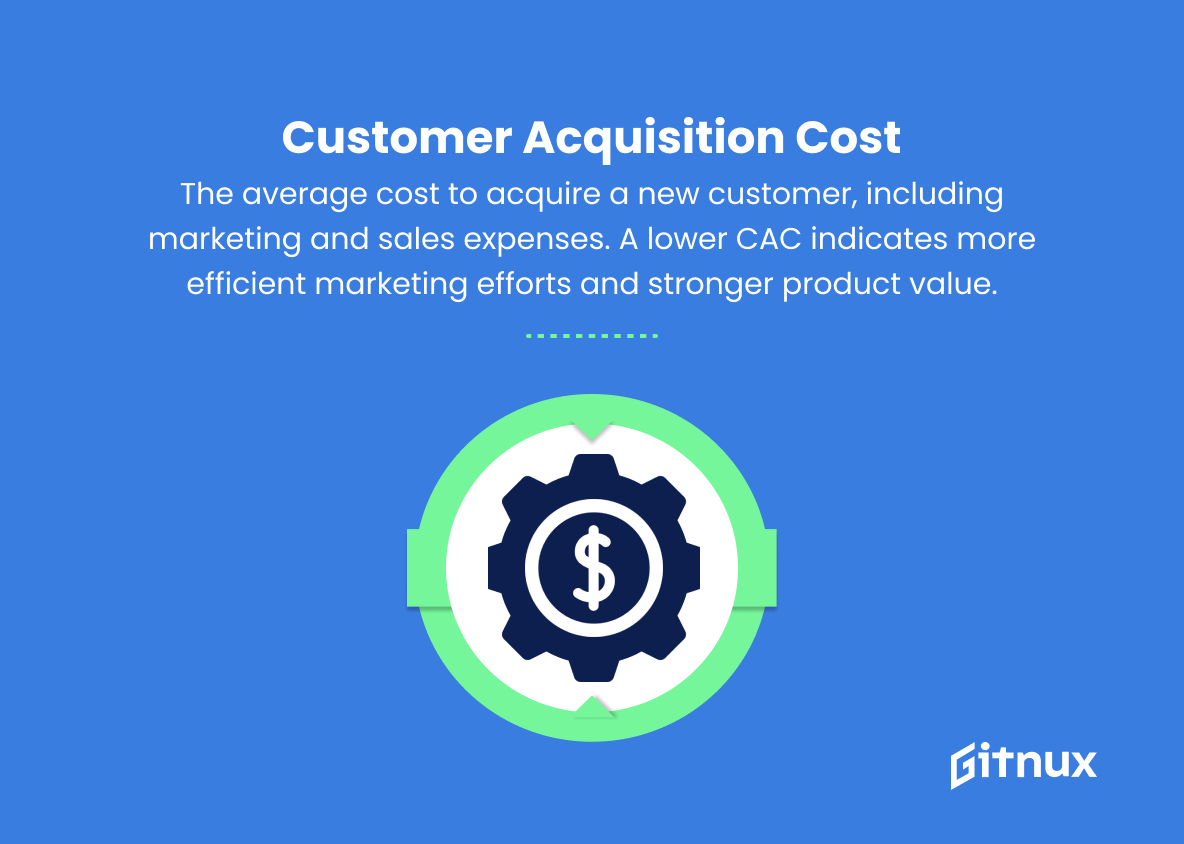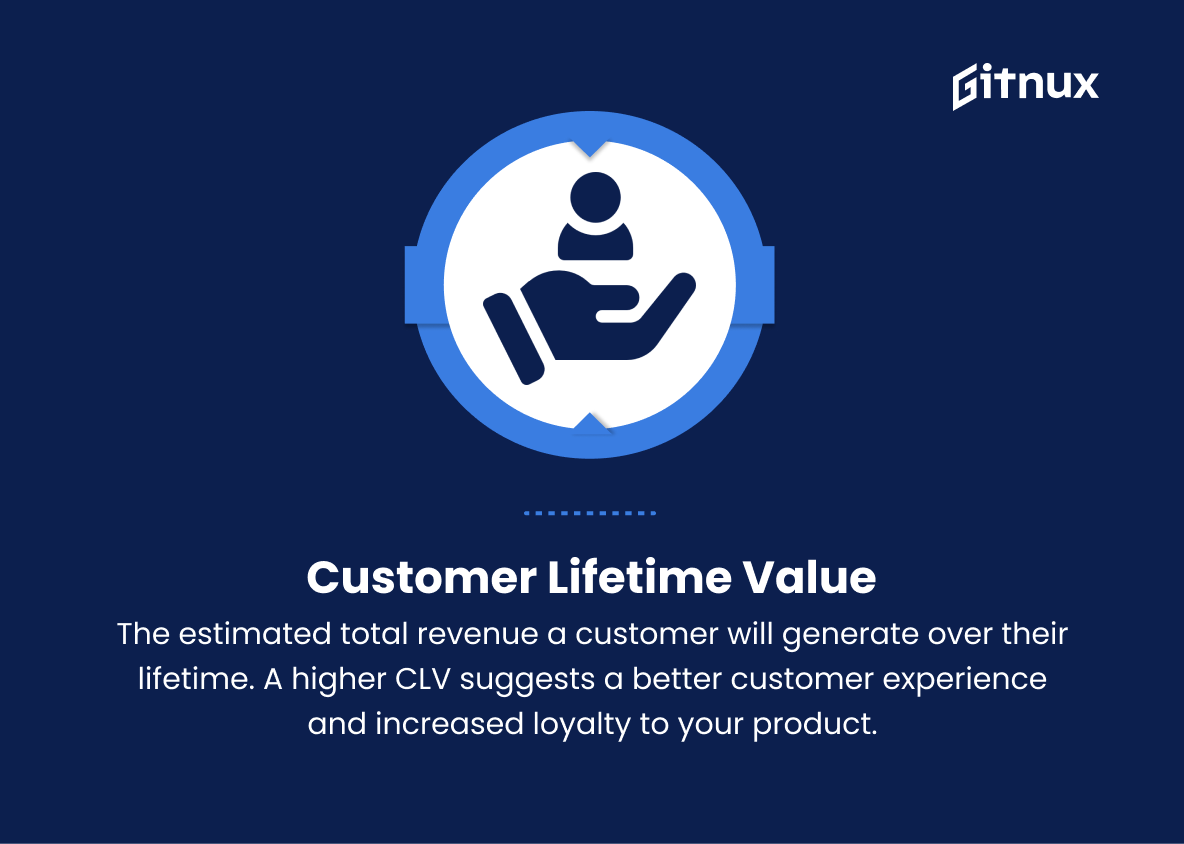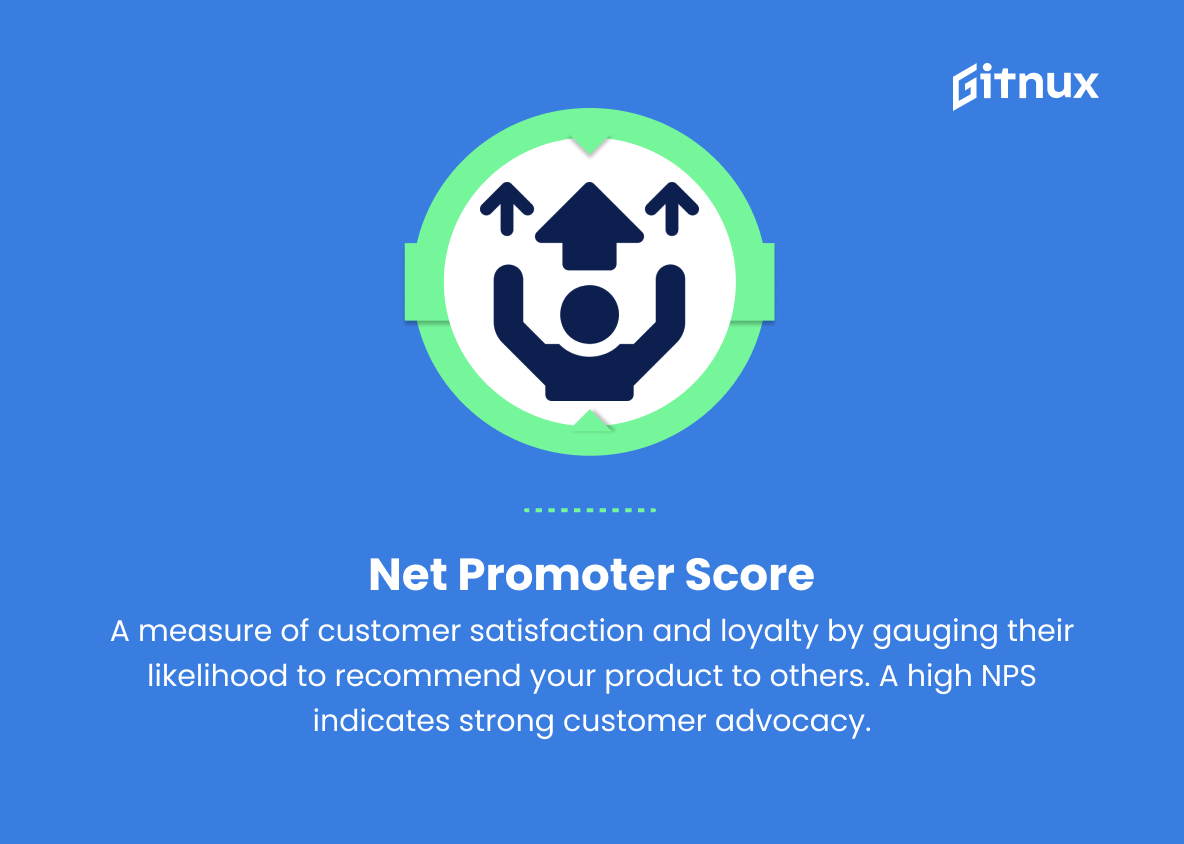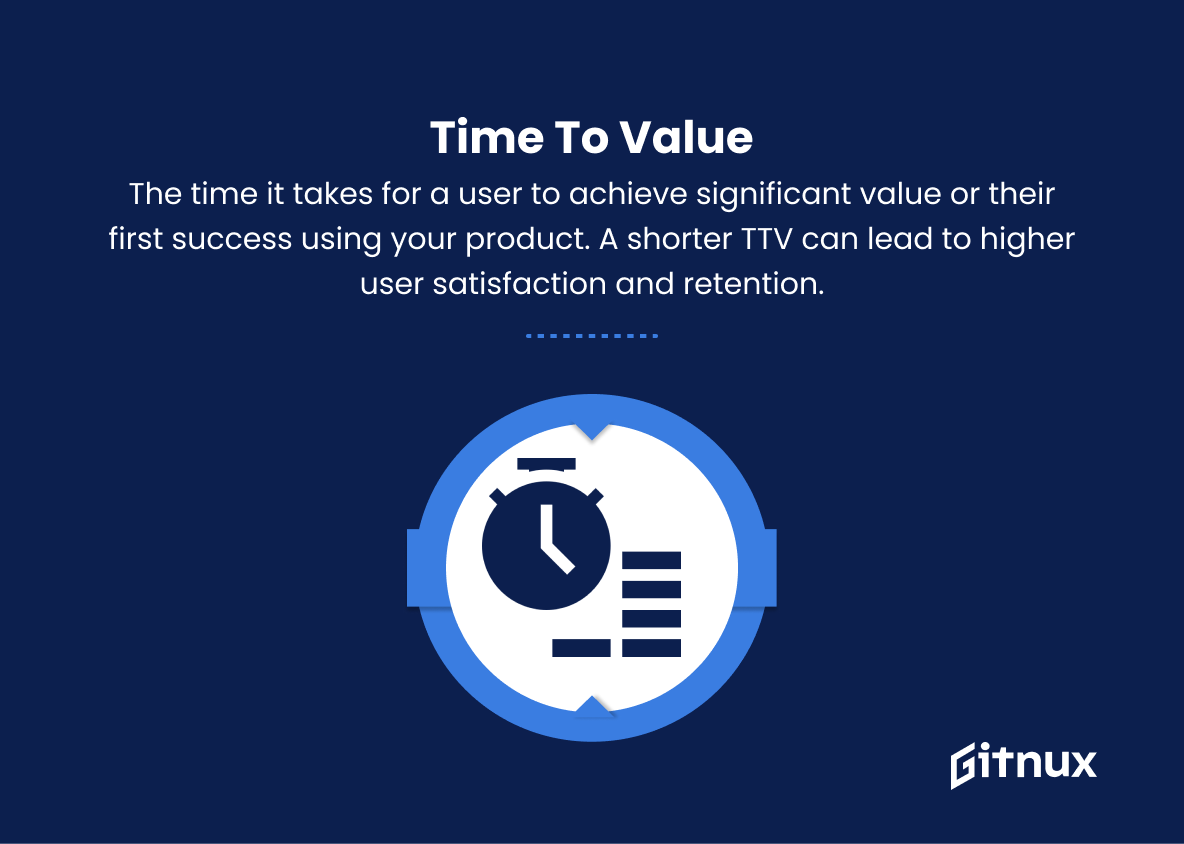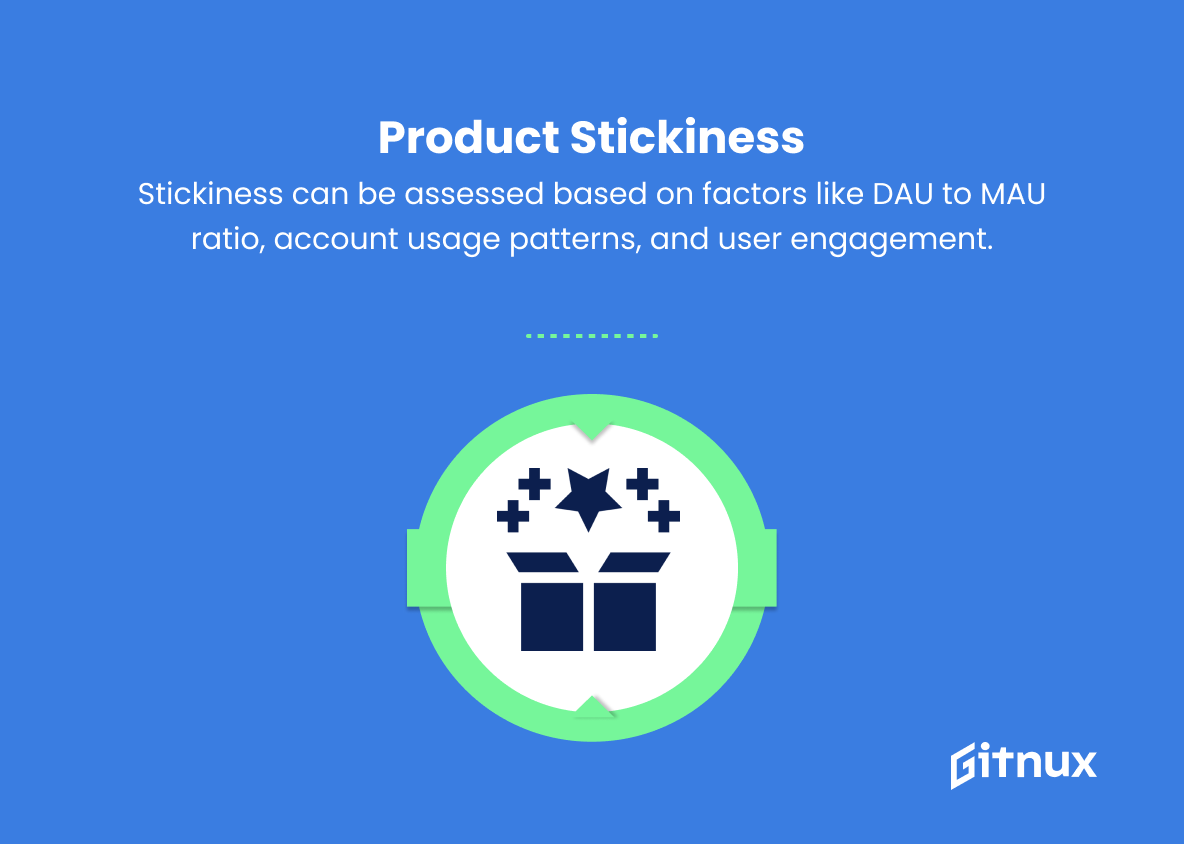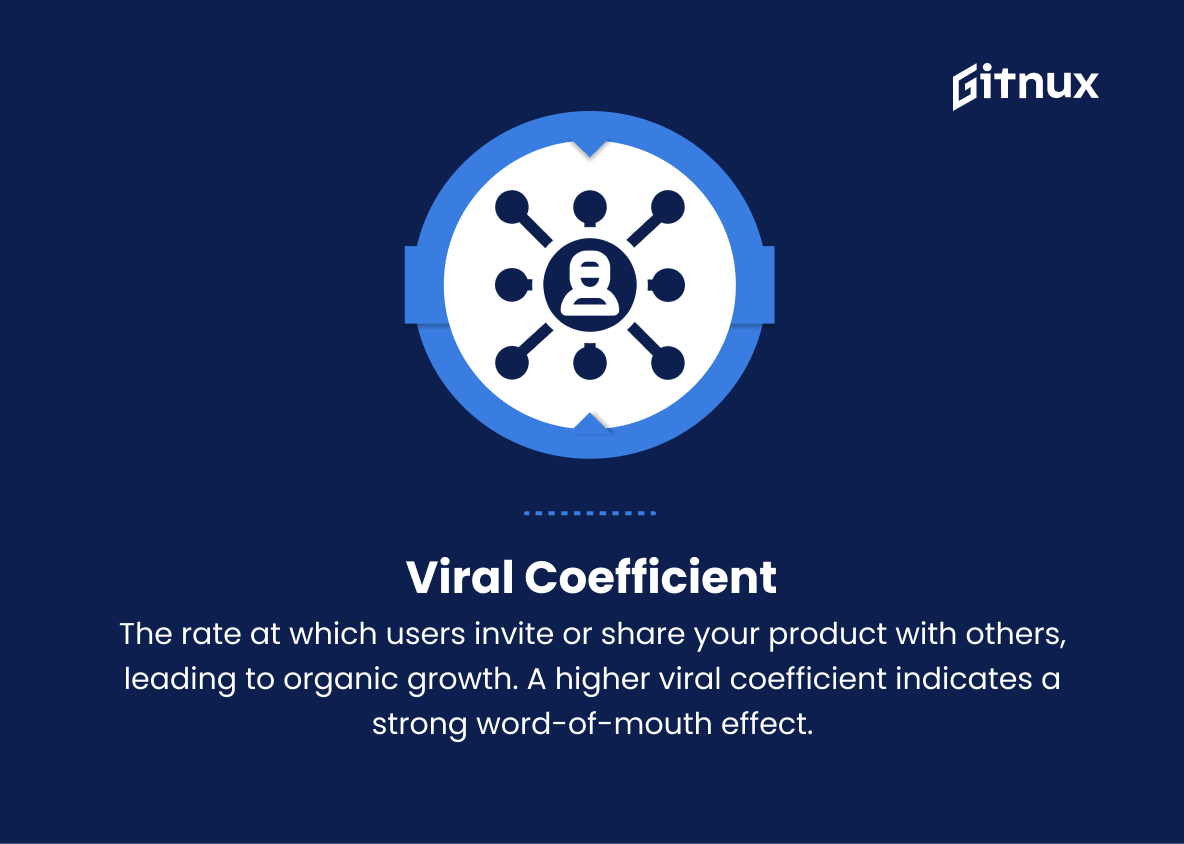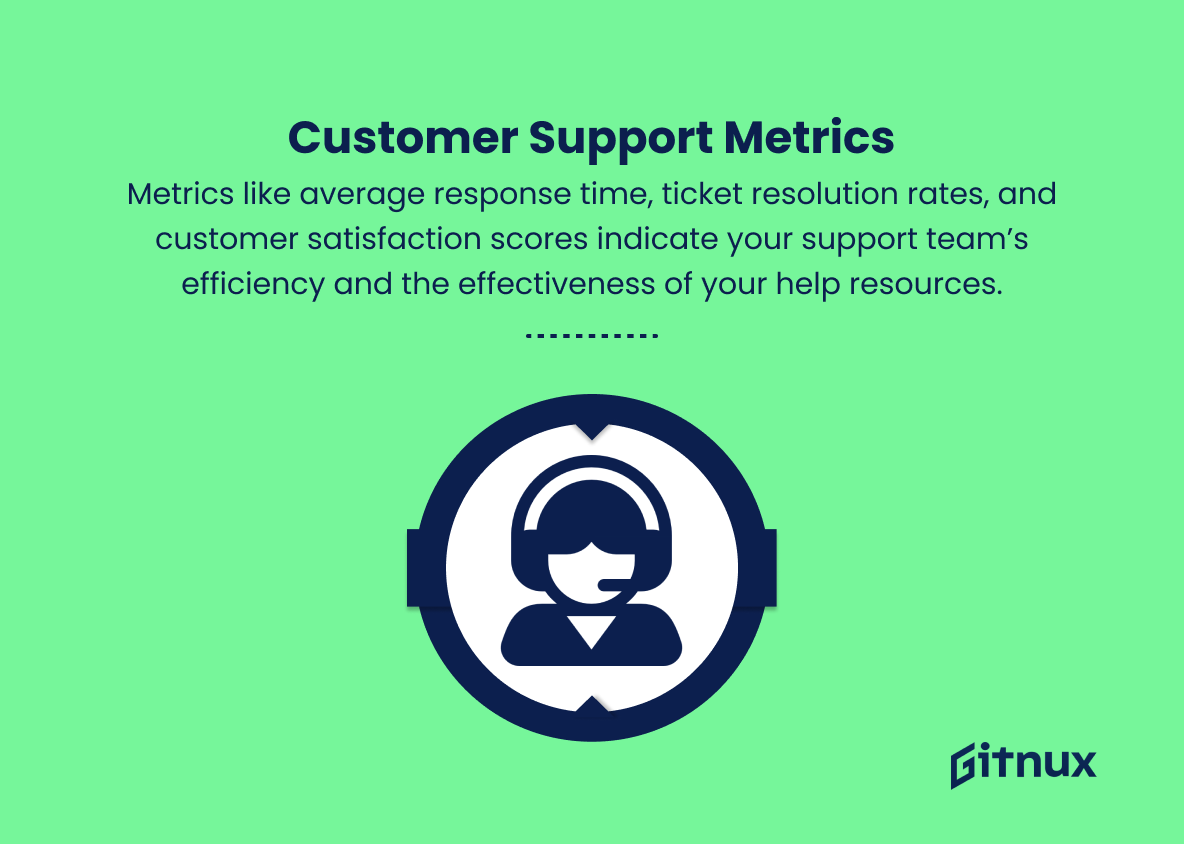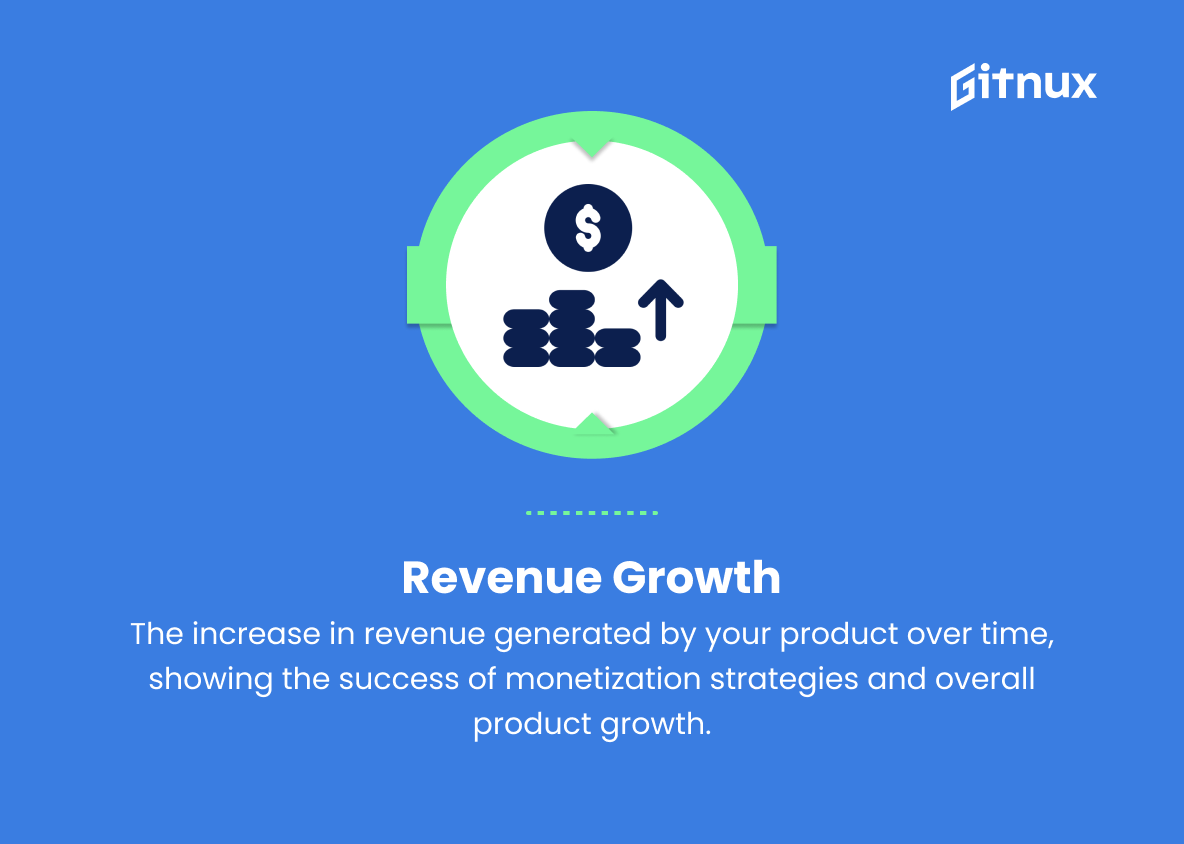In today’s fast-paced and competitive business landscape, the strategic approach to growth and sustainability often determines the success of a company. One such powerful approach that has emerged in recent years is Product Led Growth (PLG). This user-centric methodology emphasizes delivering an exceptional product experience to drive long-term customer engagement, satisfaction, and ultimately, business growth. However, as with any effective strategy, it is crucial to closely monitor and analyze the right metrics to ensure that the intended outcomes are achieved.
In this comprehensive blog post, we will delve into the world of Product Led Growth Metrics – the vital indicators that provide valuable insights into the effectiveness of your PLG strategy and guide data-driven decision-making for continuous improvement and growth. So, let’s explore, understand and master these essential metrics to fuel your journey towards a thriving, product-led organization.
Product Led Growth Metrics You Should Know
1. Monthly Active Users (MAU)
The number of unique users who are actively using your product within a given month. It helps determine the overall product reach and engagement.
2. Daily Active Users (DAU)
The number of unique users who are using your product daily. It provides insights into the daily engagement and loyalty of your customers.
3. DAU to MAU ratio
A measure of how frequently users engage with your product. A higher ratio indicates stickiness and deeper engagement.
4. Conversion rate
The percentage of users who successfully convert from one stage of the user lifecycle to another, such as from trial to paid subscription.
5. Churn rate
The percentage of customers who discontinue using your product or cancel their subscription in a given period. Lower churn rates indicate higher user satisfaction and product retention.
6. Customer Acquisition Cost (CAC)
The average cost to acquire a new customer, including marketing and sales expenses. A lower CAC indicates more efficient marketing efforts and stronger product value.
7. Customer Lifetime Value (CLV)
The estimated total revenue a customer will generate over their lifetime. A higher CLV suggests a better customer experience and increased loyalty to your product.
8. Retention rate
The percentage of customers who continue to use your product or remain subscribed over time, indicating product engagement and loyalty.
9. Net Promoter Score (NPS)
A measure of customer satisfaction and loyalty by gauging their likelihood to recommend your product to others. A high NPS indicates strong customer advocacy.
10. Time to Value (TTV)
The time it takes for a user to achieve significant value or their first success using your product. A shorter TTV can lead to higher user satisfaction and retention.
11. Feature usage
The extent to which users use specific features of your product. Analyzing feature usage can help improve your product and enhance user experience.
12. Product stickiness
A measure of how well your product retains users or keeps them coming back. Stickiness can be assessed based on factors like DAU to MAU ratio, account usage patterns, and user engagement.
13. Viral coefficient
The rate at which users invite or share your product with others, leading to organic growth. A higher viral coefficient indicates a strong word-of-mouth effect.
14. Customer Support Metrics
Metrics like average response time, ticket resolution rates, and customer satisfaction scores indicate your support team’s efficiency and the effectiveness of your help resources.
15. Revenue Growth
The increase in revenue generated by your product over time, showing the success of monetization strategies and overall product growth.
Product Led Growth Metrics Explained
Product Led Growth Metrics are crucial for understanding and improving various aspects of a product’s performance in the market. Metrics such as Monthly Active Users (MAU) and Daily Active Users (DAU) help gauge the product’s reach, engagement, and user loyalty. Ratios like DAU to MAU and metrics like conversion rate, churn rate, and retention rate allow companies to assess the stickiness, user satisfaction, and overall product retention. Meanwhile, understanding financial aspects of the product’s growth, such as Customer Acquisition Cost (CAC) and Customer Lifetime Value (CLV), offers insights into the efficiency of marketing efforts and potential revenue generated from loyal customers.
Metrics like Net Promoter Score (NPS), Time to Value (TTV), and feature usage provide valuable data on customer satisfaction, experience enhancement, and product improvements. Additionally, examining product stickiness, viral coefficient, customer support metrics, and revenue growth helps the company monitor the overall product growth and success of monetization strategies, ultimately leading to a better understanding of their product’s performance and fostering future growth.
Conclusion
In conclusion, Product Led Growth Metrics play a crucial role in evaluating and guiding a company’s journey towards success. By focusing on customer satisfaction, retention, and user adoption, a business can gain a clear understanding of what truly resonates with its target audience. The key to a successful Product Led Growth strategy lies in monitoring vital metrics such as customer acquisition costs, churn rates, net promoter scores, expansion revenue, time to value, and user engagement levels.
As a business evolves, these metrics serve as essential guiding principles for informed decision-making and continuous user-centric product improvements. Ultimately, leveraging Product Led Growth Metrics can empower companies to bolster their market standing, sustain long-term growth, and create products that genuinely make a difference in the lives of their users.
